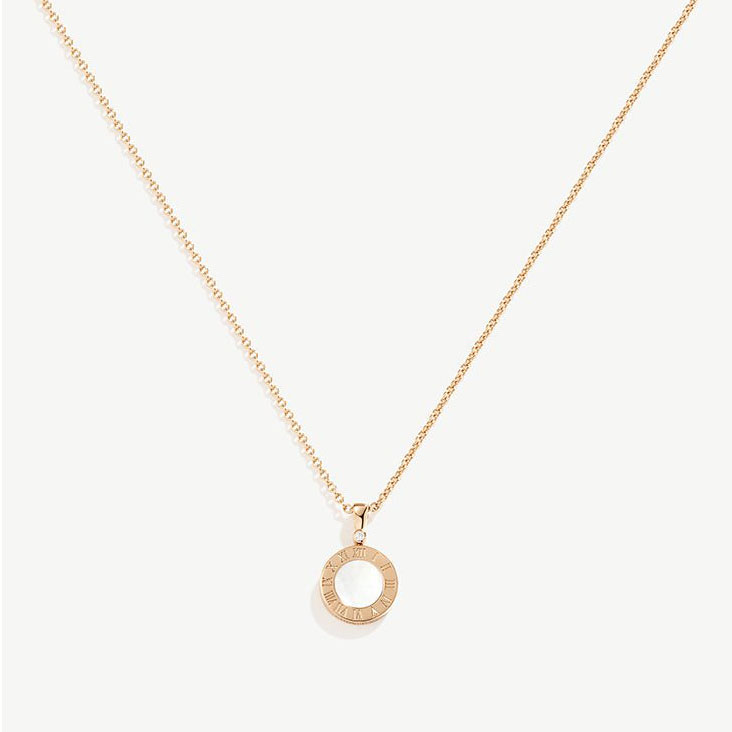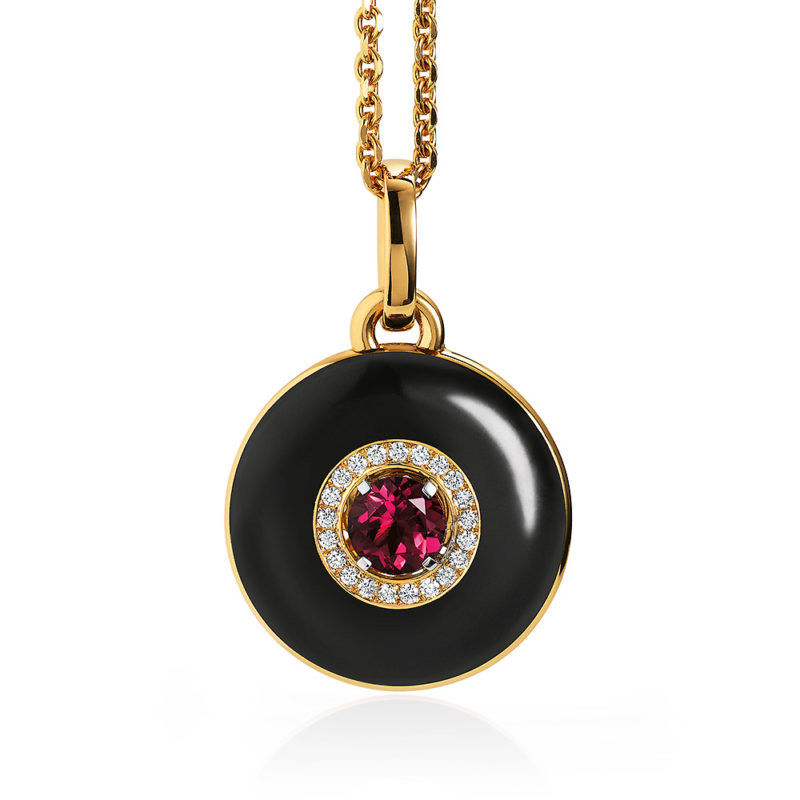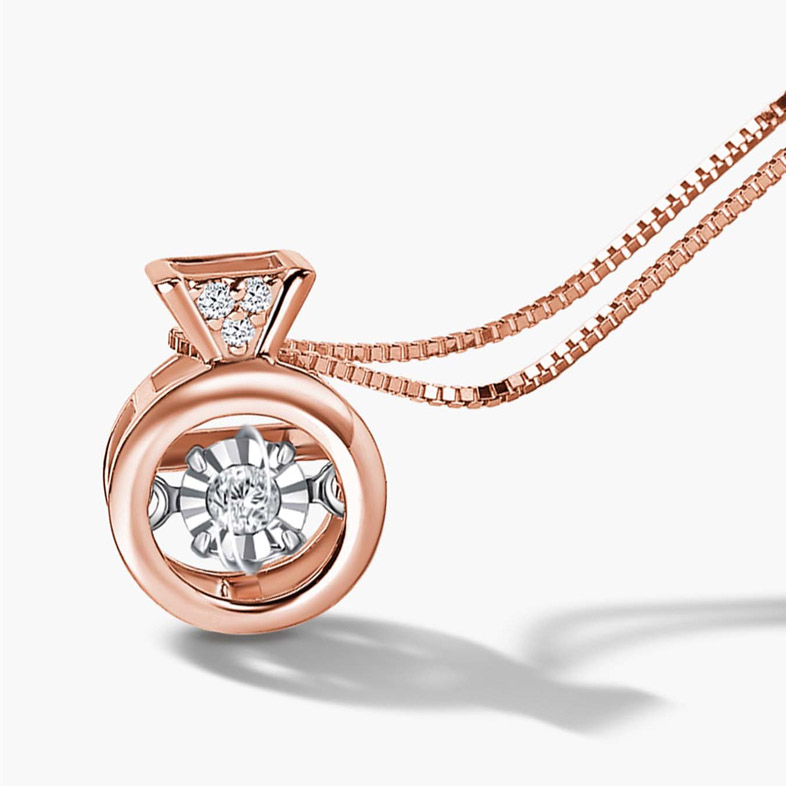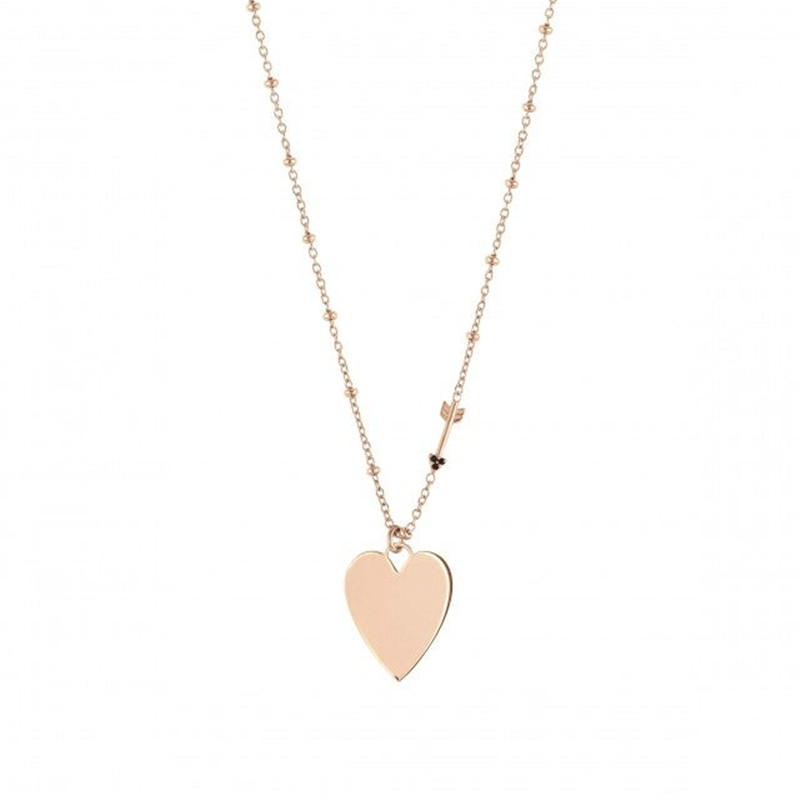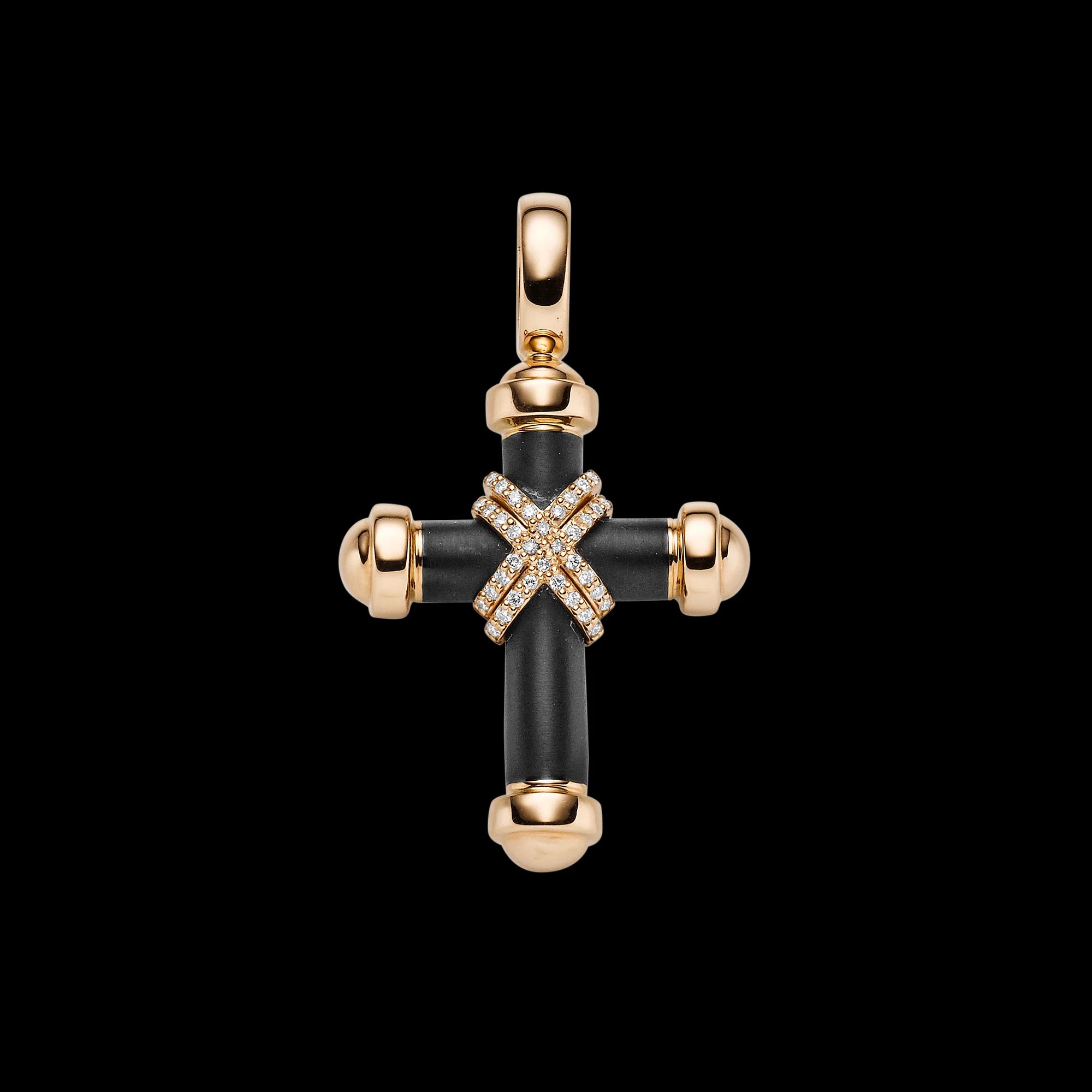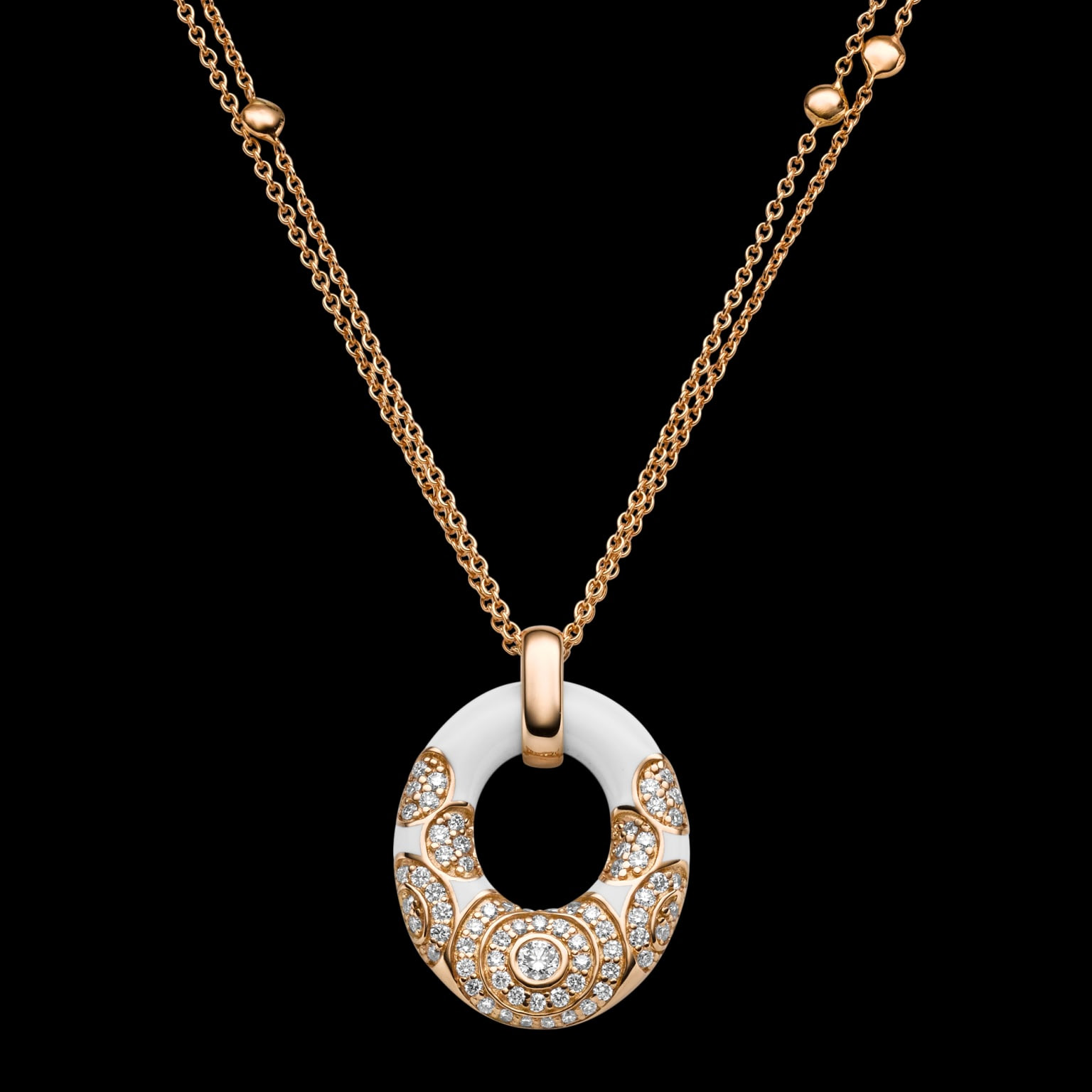Mastering the Outsourced Manufacturing of Roman Numeral Vermeil Gold Pendants at JINGYING
Mastering the Outsourced Manufacturing of Roman Numeral Vermeil Gold Pendants at JINGYING
LET’S GET STARTED : mo@kingjy.com
Mastering the Outsourced Manufacturing of Roman Numeral Vermeil Gold Pendants at JINGYING
Abstract
In the dynamic landscape of jewelry manufacturing, strategic outsourcing has emerged as a powerful tool for brands to leverage specialized expertise, optimize costs, and scale production efficiently. For a discerning brand like JINGYING, renowned for its commitment to quality in gold vermeil, outsourcing the production of a specific product line—such as Roman numeral pendants—requires a meticulous and managed approach. This comprehensive article delves into the strategic framework, rigorous processes, and partnership philosophy that JINGYING must employ to successfully orchestrate the outsourced manufacturing of these intricate pieces. It explores the entire journey, from the initial decision to outsource and vendor selection to technical specification, quality assurance, and ethical alignment, ensuring that every pendant that bears the JINGYING name unequivocally meets its exalted standards.
Introduction: The Strategic Imperative of Outsourcing at JINGYING
Roman numeral pendants represent a unique niche: they are timeless, personalized, and rich in symbolism. Their manufacturing requires precision in casting, finishing, and plating to ensure clarity of the numerals and overall aesthetic perfection. For JINGYING, deciding to outsource this line is not a concession but a strategic choice to:
- Access Specialized Expertise: Partner with manufacturers who possess specific expertise in fine detail casting and high-volume precision finishing.
- ** Enhance Capacity:** Free up internal capacity and highly skilled artisans to focus on JINGYING’s core, more complex, or bespoke collections.
- ** Improve Cost Efficiency:** Achieve economies of scale and variable cost structures for a specific product category, improving overall profitability.
- ** Increase Scalability:** Quickly scale production up or down in response to market demand without significant capital investment in new machinery or hiring.
However, this strategy is fraught with risk. Outsourcing manufacturing does not mean outsourcing responsibility. The JINGYING brand reputation is solely dependent on the final product’s quality. Therefore, this process must be governed by an uncompromising system of control and collaboration.
Phase 1: The Foundational Strategy – To Outsource or Not to Outsource?
The decision to outsource must be deliberate and data-driven.
1.1. Core Competency Analysis
JINGYING must first determine if Roman numeral pendants are a core competency. Questions to ask:
- Do we have the specific machinery for high-volume, detailed casting?
- Are our master artisans’ time best spent on these standardized items?
- What is the opportunity cost of producing these in-house versus a new collection?
1.2. Total Cost of Ownership (TCO) Modeling
The decision cannot be based solely on a lower unit price from a supplier. JINGYING must calculate the TCO, which includes:
- Unit price per pendant.
- Tooling and mold (NRE – Non-Recurring Engineering) costs.
- Logistics and shipping costs.
- In-house quality inspection costs.
- Costs of potential rework, delays, or communication overhead.
- Risk mitigation costs (e.g., more frequent audits).
A thorough TCO analysis often reveals that outsourcing is only beneficial with a highly reliable and efficient partner.
1.3. Defining the Scope of Work (SOW)
A crystal-clear SOW is the bedrock of the outsourcing relationship. For JINGYING’s Roman numeral pendants, it must specify:
- Exact Designs: CAD files for every numeral (I, II, III, IV, V, etc.), including precise dimensions, font style, depth of engraving, and bail (loop) specifications.
- Materials: The exact sterling silver alloy to be used (e.g., “925 sterling silver with trace germanium for tarnish resistance” or a specific Argentium Silver grade). This includes mandated material certifications from the partner’s suppliers.
- Plating Specifications: The definitive standard: “Minimum 3.0 microns of 18k Gold Vermeil, conforming to FTC and JINGYING internal standards.”
- Packaging: Will the partner also package the pendants in JINGYING’s branded boxes? Or will they be shipped bulk for in-house packaging?
Phase 2: The Vendor Selection Process – Choosing the Right Arms-Length Partner
Selecting a manufacturing partner is a strategic decision, not a simple procurement exercise.
2.1. Sourcing Potential Partners
- Industry Networks: Leverage trade shows (e.g., JCK, Vicenzaoro), industry associations, and professional networks to identify reputable manufacturers known for quality vermeil work.
- Referrals and Vetting: Seek referrals from trusted contacts within the industry. Vetting must be exceptionally thorough.
2.2. The Technical and Capability Audit
A potential partner must undergo a rigorous audit, not just a facility tour. This audit should cover:
- Technical Capability:
- Casting: Review their casting process. Do they use vacuum-assisted casting to minimize porosity in detailed numeral areas?
- Finishing: Observe their finishing department. How do they ensure the sharp definition of Roman numerals during polishing? Do they use micro-motors and specialized abrasives?
- Plating: Inspect the plating facility. Is it clean and organized? Do they use pulse plating technology? How do they control bath chemistry? Do they have an XRF machine on-site for thickness testing?
- Quality Management Systems: Are they certified to an international standard like ISO 9001? This demonstrates a systemic approach to quality rather than a reactive one.
- Capacity and Lead Times: Can they handle JINGYING’s projected volumes without compromising quality? What are their realistic lead times?
- Sample Production: The most critical step. Commission a paid sample production run for a specific numeral (e.g., “XVI”). This sample will be the benchmark for all future production.
2.3. The JINGYING Sample Evaluation Protocol
The received samples must be put through a brutal quality test:
- Dimensional Accuracy: 3D scan the sample and compare it to the original CAD model.
- Numerical Fidelity: Check the clarity, depth, and sharpness of the Roman numerals under high magnification. There must be no rounding or loss of detail.
- Surface Finish: Inspect for any polishing scratches, especially inside the numeral grooves.
- Micron Thickness Testing: Use JINGYING’s own XRF analyzer to verify the gold thickness meets the 3.0+ micron specification on all surfaces.
- Adhesion Test: Perform destructive tests on sample units (e.g., thermal shock, tape test) to confirm plating adhesion.
- Overall Aesthetics: Does the piece have the weight, feel, and lustre that aligns with the JINGYING brand?
Only a partner whose samples pass this gauntlet should be considered.
Phase 3: The Governance Framework – Managing the Partnership
Once a partner is selected, the real work begins: active partnership management.
3.1. The Technical Package (Tech Pack) – The Unambiguous Bible
Every single requirement must be documented in a comprehensive Tech Pack. This living document includes:
- Engineering Drawings: Detailed 2D drawings with all critical dimensions and tolerances (±0.1mm, for example).
- Gold Standard Sample: A physical approved sample, sealed and stored at both JINGYING and the partner’s facility, to be used as a reference for all quality disputes.
- Approved Materials List (AML): Specifying approved vendors for silver grain and gold anodes/salts.
- Step-by-Step Process Guide: Documenting the exact pre-plating cleaning process, plating parameters (current density, time, temperature), and post-plating passivation and drying methods.
- Packaging Specifications: Diagrams and instructions for packaging.
3.2. Communication and Relationship Management
- Dedicated Points of Contact: JINGYING must have a dedicated Technical Manager and a Quality Manager as the sole points of contact for the partner to prevent mixed messages.
- Regular Review Meetings: Schedule weekly or bi-weekly calls to review production schedules, address challenges, and foster a collaborative rather than adversarial relationship.
- Shared Goals: Frame the relationship as a partnership towards a common goal: producing flawless JINGYING pendants.
3.3. Logistics and Order Management
Implement a clear process for:
- Purchase Orders (POs): Every order must be accompanied by a PO that references the specific Tech Pack revision number.
- Shipping and Receiving: Defined protocols for how finished goods are to be packed, palletized, and shipped to JINGYING’s warehouse or directly to customers if dropshipping.
Phase 4: Inbound Quality Control – The Final Guardian of the Brand
No matter how trusted the partner, JINGYING must assume that every incoming shipment contains defects until proven otherwise.
4.1. The Receiving Protocol
- Lot Identification: Each shipment from the partner must be marked with a unique lot number traceable to their production batch and date.
- Sampling for Inspection: Implement an AQL (Acceptable Quality Level) sampling plan. For critical items like jewelry, a tightened inspection level (e.g., Level II, AQL 0.65 or 0.4) is standard. This means inspecting a significant number of pieces from a batch based on statistical tables.
4.2. The JINGYING IQC (Incoming Quality Control) Process
The QC lab at JINGYING is the final line of defense. Every sampled piece undergoes:
- Dimensional Check: Verify key dimensions against the drawing.
- Visual Inspection: Under 10x magnification for surface defects, plating issues, and numerical clarity.
- XRF Verification: Test a statistically significant sub-sample from the batch for gold thickness. This is non-negotiable. The results must be recorded and trended.
- Functionality Check: Test clasps, jumps rings, etc.
4.3. Non-Conformance Management
- Rejection and Reporting: Any batch failing the AQL inspection is formally rejected. A detailed Non-Conformance Report (NCR) is sent to the partner, containing photos, XRF readouts, and a description of the defect.
- Root Cause Analysis (RCA) and CAPA: The partner is required to conduct an RCA and provide a Corrective and Preventive Action (CAPA) plan to prevent recurrence. This could involve retraining staff, recalibrating equipment, or changing a process.
- Financial Implications: The contract must clearly state that all costs associated with rejected batches (shipping, return, 100% sorting, rework) are borne by the manufacturing partner.
Phase 5: Continuous Improvement and Ethical Alignment
The partnership should evolve, fostering mutual growth and innovation.
5.1. Performance Scorecards
Develop a quarterly scorecard for each manufacturing partner. Metrics should include:
- On-Time Delivery Rate
- First-Pass Yield (FPY) at JINGYING’s IQC
- PPM (Defects Per Million)
- Responsiveness to CAPA
This data-driven approach makes performance reviews objective and facilitates continuous improvement discussions.
5.2. Ethical and Sustainability Audits
JINGYING’s brand values must extend to its partners. Conduct annual audits to ensure compliance with:
- Labor Practices: Ensuring fair wages, safe working conditions, and no child or forced labor.
- Environmental Practices: Proper disposal of plating chemicals, use of recycling systems for water and metals.
- Material Sourcing: Proof of conflict-free and responsibly sourced materials.
Conclusion: The Orchestration of Excellence
For JINGYING, outsourcing the manufacturing of Roman numeral vermeil gold pendants is not about relinquishing control but about orchestrating excellence across a extended enterprise. It is a complex discipline that blends strategic vision, rigorous engineering, meticulous quality science, and sophisticated relationship management.
By implementing this framework—centered on a ruthless vendor selection process, an unambiguous Tech Pack, a partnership-based governance model, and an unforgiving inbound quality control system—JINGYING can scale its production seamlessly without ever compromising the quality standards that define its brand.
The result is a beautiful, precise Roman numeral pendant that a customer cherishes. They see a elegant piece of jewelry, but behind it lies a testament to JINGYING’s mastery of modern manufacturing strategy: the ability to ensure perfection, even when the hands that made it are not their own. This is the ultimate hallmark of a sophisticated and confident global brand.
